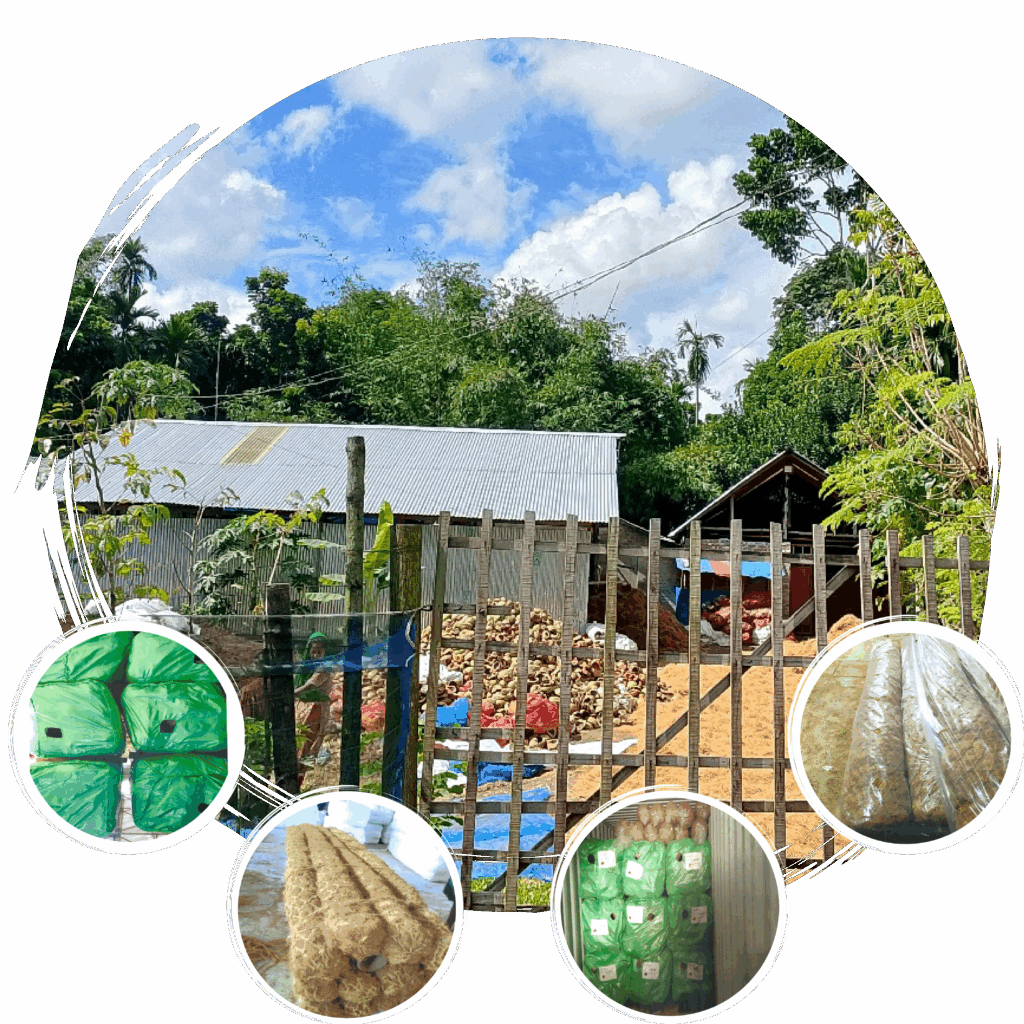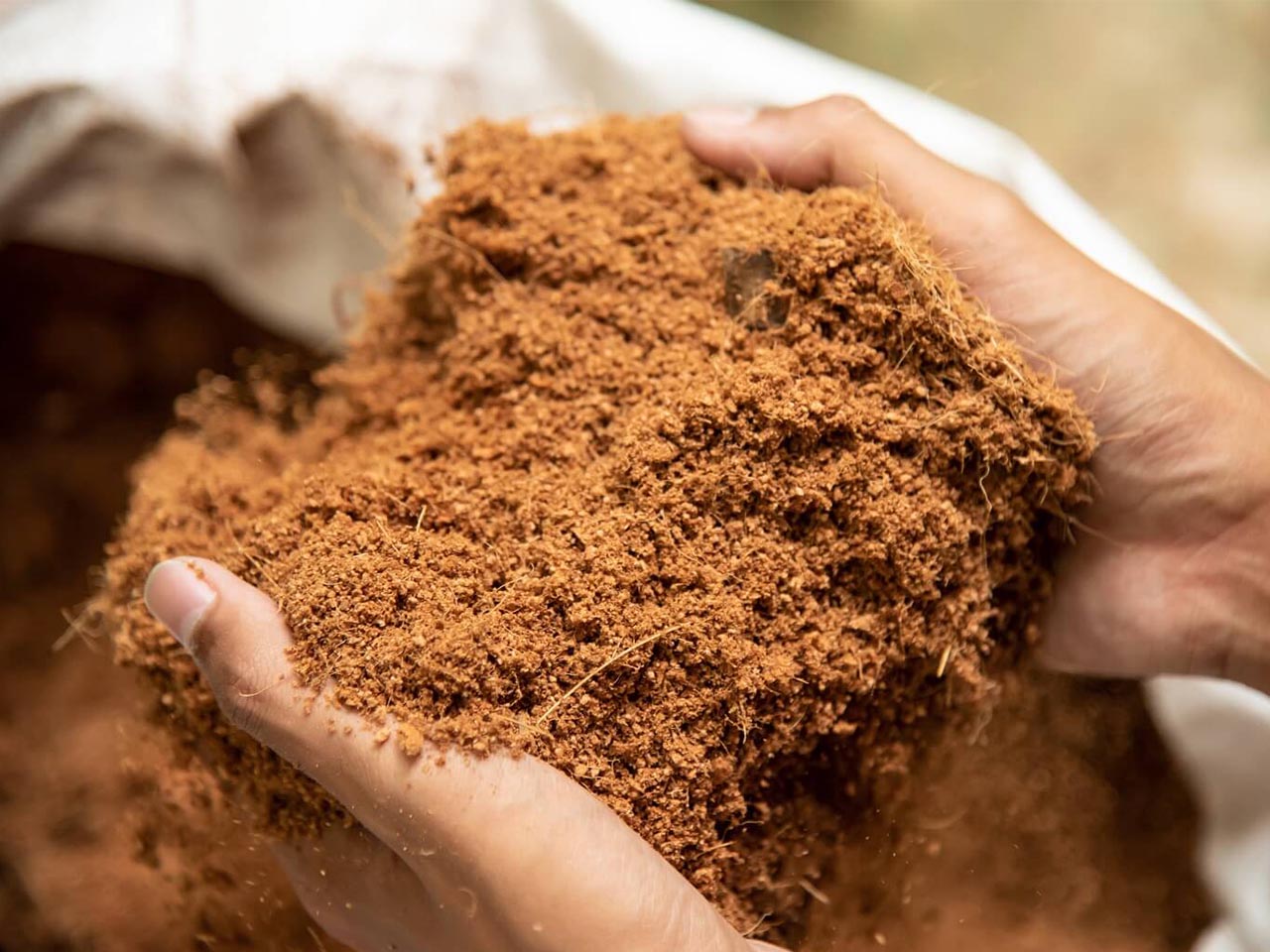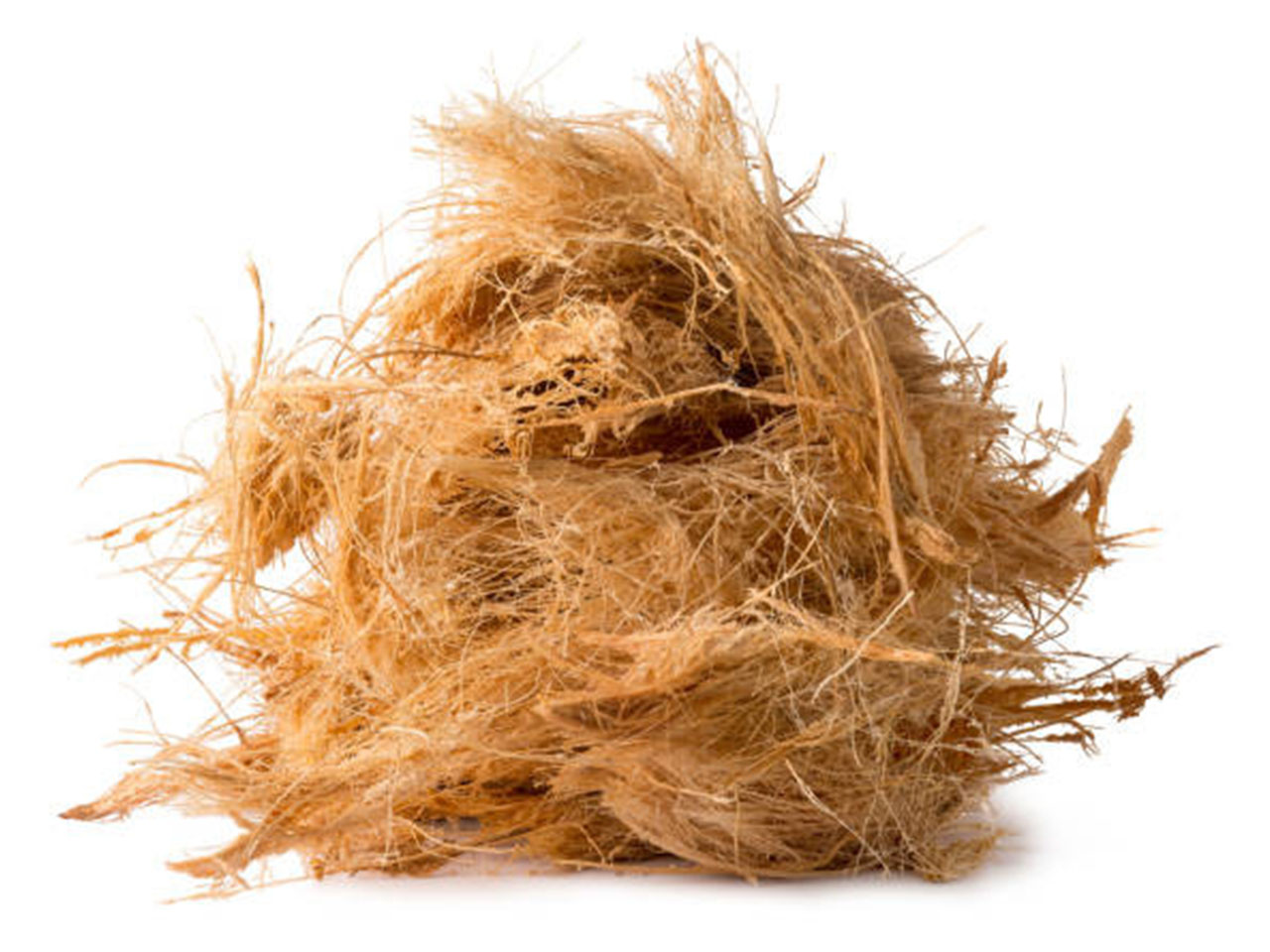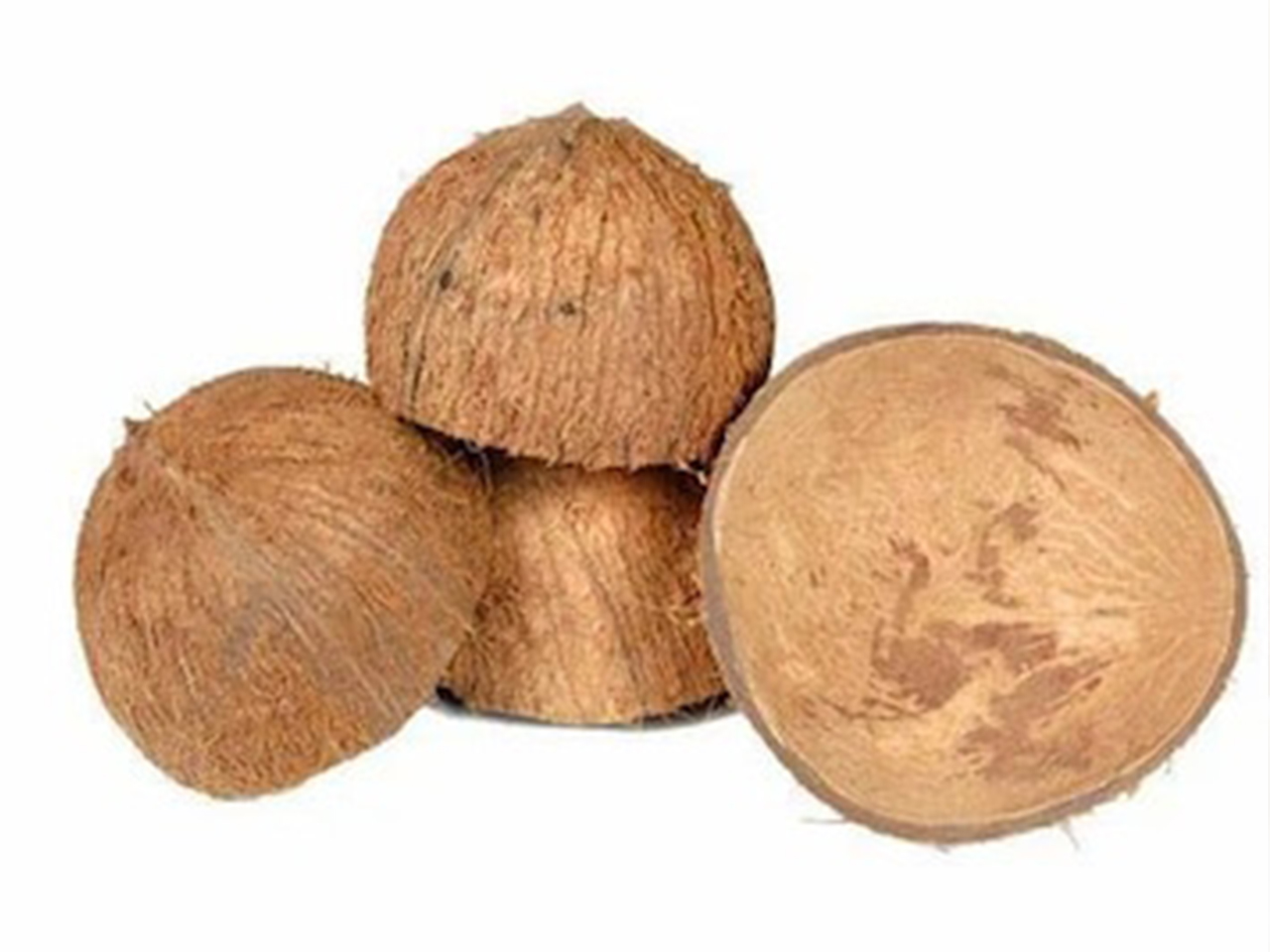Welcome to coirconcepts
About Coir Concepts Coir Concepts

Coir Concepts a well designed and structured manufacturing unit to produce sustainable ECO GEO Textile Industry based on Coir Manufacturing, Coir Fibre Extractions, Coir Yarn, Coir Log, Coir Shell, Coir Pith, Coco Peat Processing.
We have 1 set of production machineries, two coir yarn machines, three Hydraulic Machine and 15 (Fifteen) factory Worker & Staff as a pilot project.
A factory shade on an average 6,000 sqf. and a complete setup an holding an experimental position. After establishing an R&D the factory will enlarge transversely on growth of business we initiated.
We have a Truck for collect raw materials (Dump Green Coconuts) from the city and different spots and after collecting the raw materials we go for the process. We need 2 days to complete the full process for the Green Coconut extracted fibre goods. Currently we stock finish goods and raw materials in our two rented factory shade.
Our Primary Primary Products

Coir Peat
Our main product is 26 tons of Coir Peat weekly. This superior, sustainable growing medium is perfect for soil amendment and hydroponics.

Coir Fiber
Our production yields 3.5 tons of durable Coir Fiber weekly, a versatile material ideal for brushes, mattresses, and geotextiles.

Coir Shell
We produce 0.5 tons of Coir Shell weekly. This robust byproduct is excellent for horticultural mulch and sustainable, natural crafts.
